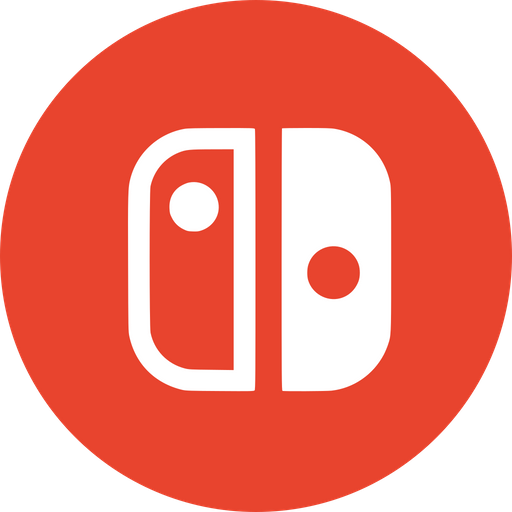

I’ve heard usb flash memory can degrade over time, but refreshing the cells by plugging it in once in a while can mitigate the potential data loss.
I have a few USBs like that and i plug them in once a year for about 5 minutes. I don’t usually even mount the data. Not sure if it makes an actual difference, but nothing lost so far




I dont think it’s about housing/shielding, just the lack of being powered on over many years.
Many of my drives are also nearly 20 years old